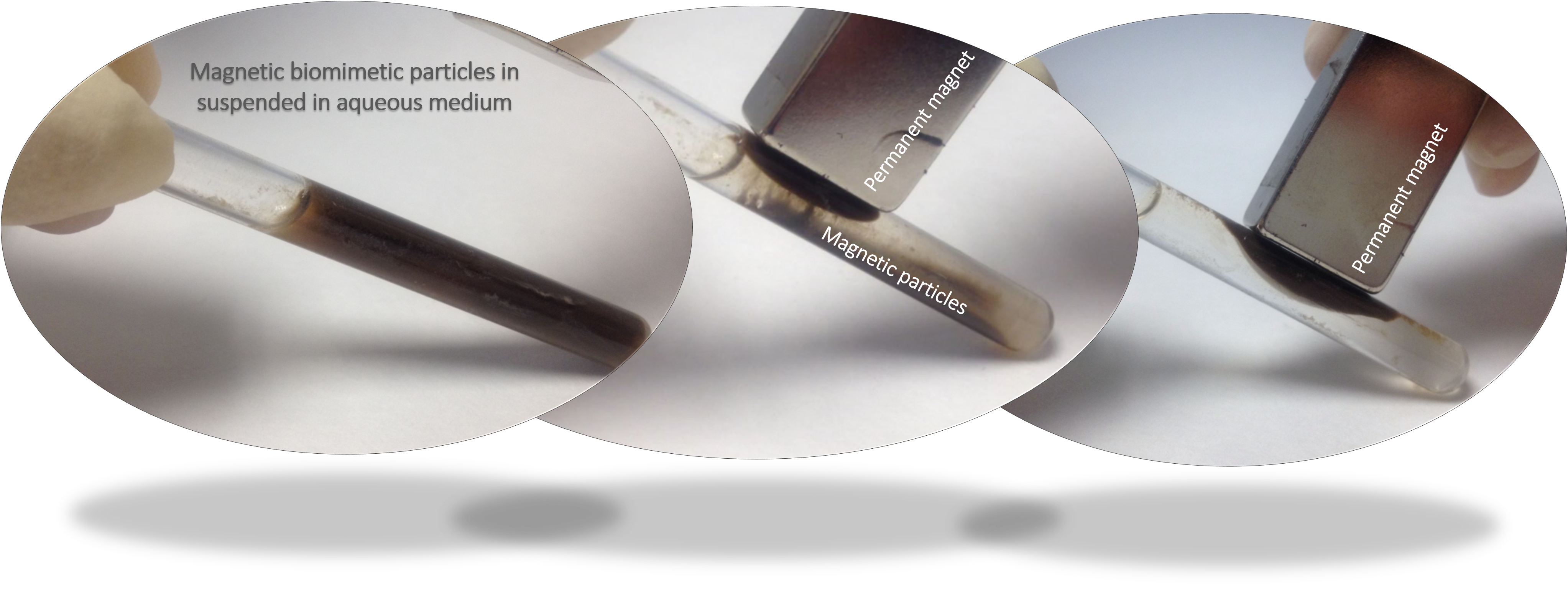This website uses cookies so that we can provide you with the best user experience possible. Cookie information is stored in your browser and performs functions such as recognising you when you return to our website and helping our team to understand which sections of the website you find most interesting and useful. More information in our Privacy Policy
SCREENED
The influence of endocrine disruptors on the male and female thyroid gland
Principal Investigator: Monica Sandri
Involved Personnel: Elisabetta Campodoni, Silvia Panseri, Monica Montesi
Starting date: 01/01/2019
Duration: 60 month
Total Funding: 5.655.088 €
Action: H2020-SC1-BHC-27-2018-2020-Single-Stage-RTD New testing and screening methods to identify endocrine disrupting chemicals. GA No.825745
CNR-ISTEC role: Partner
Coordinator: Lorenzo Moroni (University of Maastricht – Complex Tissue Regeneration Department)
Consortium: Universiteit Maastricht, Università degli Studi di Parma, Université libre de Bruxelles, Presens Precision Sensing GmbH, University College Dublin, National University of Ireland, Atturos Limited, ARTTIC SAS, Cyprotex Discovery Limited
Sito ufficiale: www.screened-project.eu
The new European collaborative project SCREENED aims to develop three-dimensional (3D) cell-based in vitro tests to better characterize the effects of endocrine disruptors on thyroid gland function. This method will overcome the limitations of existing tests, being more sensitive at low doses of exposure to chemicals, and enabling the prediction of their toxicity on human health in a sex-specific manner.
Endocrine disruptors (EDs) are a class of chemicals used to produce materials commonly found in everyday life, such as some plastics, tin cans, electrical and household appliances, cosmetics, pesticides, etc. EDs are, however, not without danger: these molecules interfere with the endocrine system, disrupting the physiological production and the target effects of hormones. In particular, EDs have proven effects on the reproductive system and an incidence on the occurrence of obesity, type 2 diabetes and cardiovascular diseases during aging.
There is also growing evidence that EDs strongly interfere with the functioning of the thyroid. EDs cause changes in thyroid hormone concentrations, the peripheral metabolism of these hormones and the signalling of their receptors. The mechanism by which they act on the thyroid axis is, however, still far from being elucidated: the tests currently available are strongly limited by the availability of adequate quantities of human thyroid tissue and by the inability to predict the effects of EDs after low dose exposure.
The new European collaborative project SCREENED aims to develop new 3D in vitro tests to overcome these limitations. Based on 3D constructions of rodent and human thyroid cells, these tests will for the first time mimic the structure and function of the native thyroid gland and, thus, its vascular and morphogenetic anatomical characteristics.
The SCREENED project is part of a bigger cluster of eight research projects, all funded by the European Commission under the Horizon 2020 Research and Innovation programme, and each focusing on a different aspect of new testing and screening methods to identify EDs. SCREENED brings together nine European universities and companies, including the Institute of Science and Technology for Ceramics (ISTEC) of the National Research Council of Italy (CNR). CNR-ISTEC is involved in WP2 and WP5 and will contribute with the development of biomimetic magnetic nanoparticles which are already the topic of a worldwide CNR patent that can be internalized by cells for the achievement of magnetically labelled cells. The availability of magnetic cells, that can be driven by a remote magnetic field, will be strategic to achieve fully colonized 3D thyroid bioconstructs.
The ambition of the SCREENED project is that these new 3D in vitro tests, as well as the increased knowledge about adverse reactions after exposure to EDs, will be used for regulatory purposes, ultimately to improve human health.
 Pubblicazioni e brevetti
Pubblicazioni e brevetti
- WO2012014172: Intrinsically Magnetic Hydroxyapatite. Inventors: Tampieri Anna, Landi Elena, Sandri Monica, Pressato Daniele, Rivas Rey José, Banobre López Manuel, Marcacci Maurilio.International Application No.: PCT/IB2011/053362
- Panseri S., Montesi M., Sandri M., Iafisco M., Adamiano A., Ghetti M., Cenacchi G., Tampieri A. Magnetic labelling of mesenchymal stem cells with iron-doped hydroxyapatite nanoparticles as tool for cell therapy. Journal of Biomedical Nanotechnology 12 (2016) 909-921. doi:10.1166/jbn.2016.2248
- Tampieri A, D’Alessandro T, Sandri M, Sprio S, Landi E, Bertinetti L, Panseri S, Pepponi G, Goettlicher J, Bañobre-López M, Rivas J. Intrinsic magnetism and hyperthermia in bioactive Fe-doped hydroxyapatite Acta Biomaterialia 8(2) (2012) 843-851.
